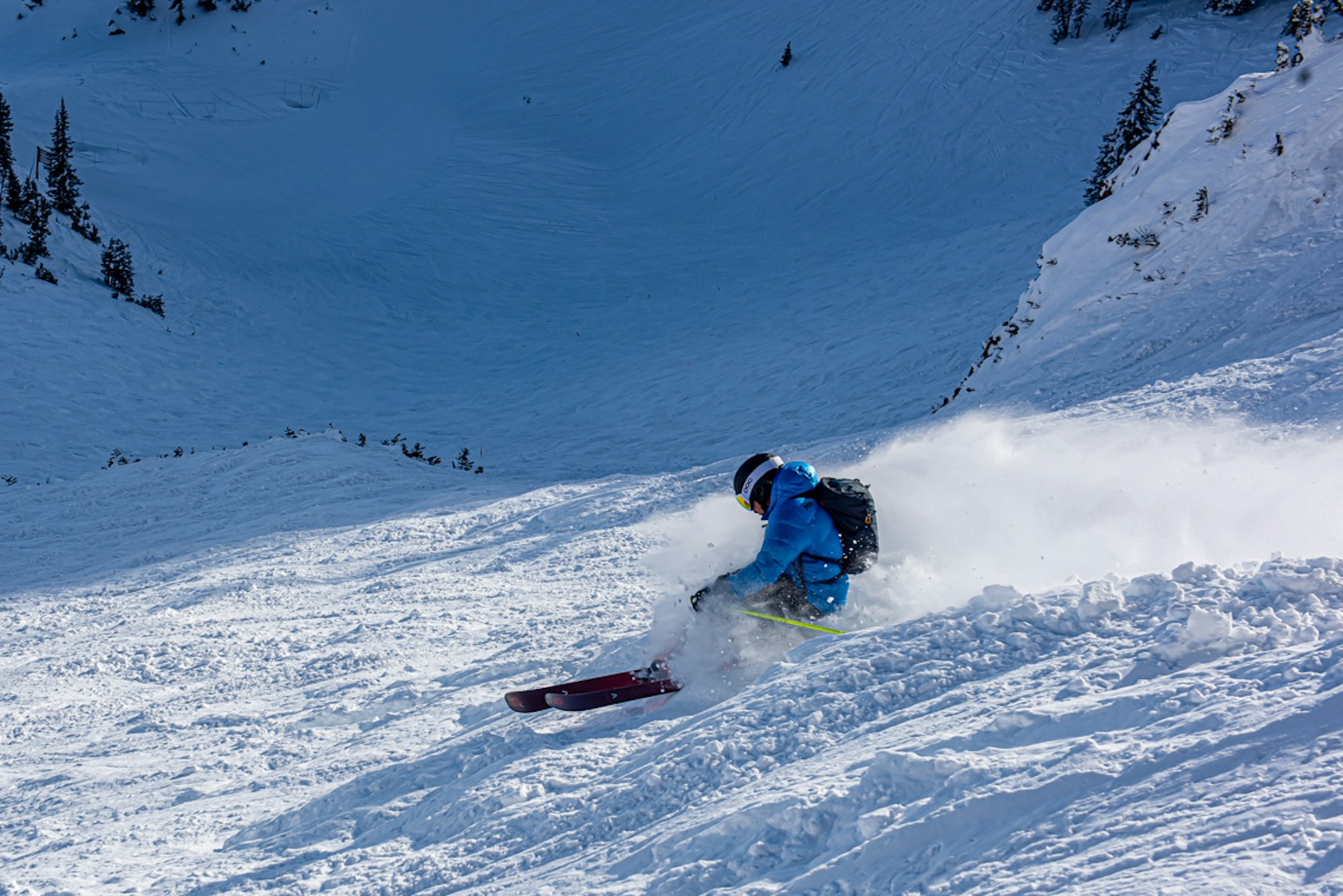The “all-mountain freeride” ski category—you know, planks that are marketed with phrases like “lightweight, yet packs a punch,” “versatile to handle every snow condition and terrain type,” “so easy to turn, you won’t even have to think about it”—is by far and away the main focus of ski manufacturers in 2020. And for good reason, right? When ripping around the resort all-day long, across varying terrain and snow that’s not only different on different aspects but evolves over the course of the day, skiers covet skis that respond to whatever is thrown at them. And with the level of engineering that takes place within skiing these days, manufacturers have done a damn fine job of creating these very types of skis. In my opinion, don’t @ me, the freeride skis being made today have made skiing easier than it’s ever been.
Blizzard Skis has been one of the leading manufacturers in this regard. The Rustler and Sheeva lines have been the undisputed favorites of FREESKIER ski testers in recent years, suited for the most aggressive skiers around, but Blizzard’s Black Pearl, Bonafide and Brahma have been taking home the real hardware. The Black Pearl, for example, has been the best-selling ski on the market for three years running. How’s that for validation?
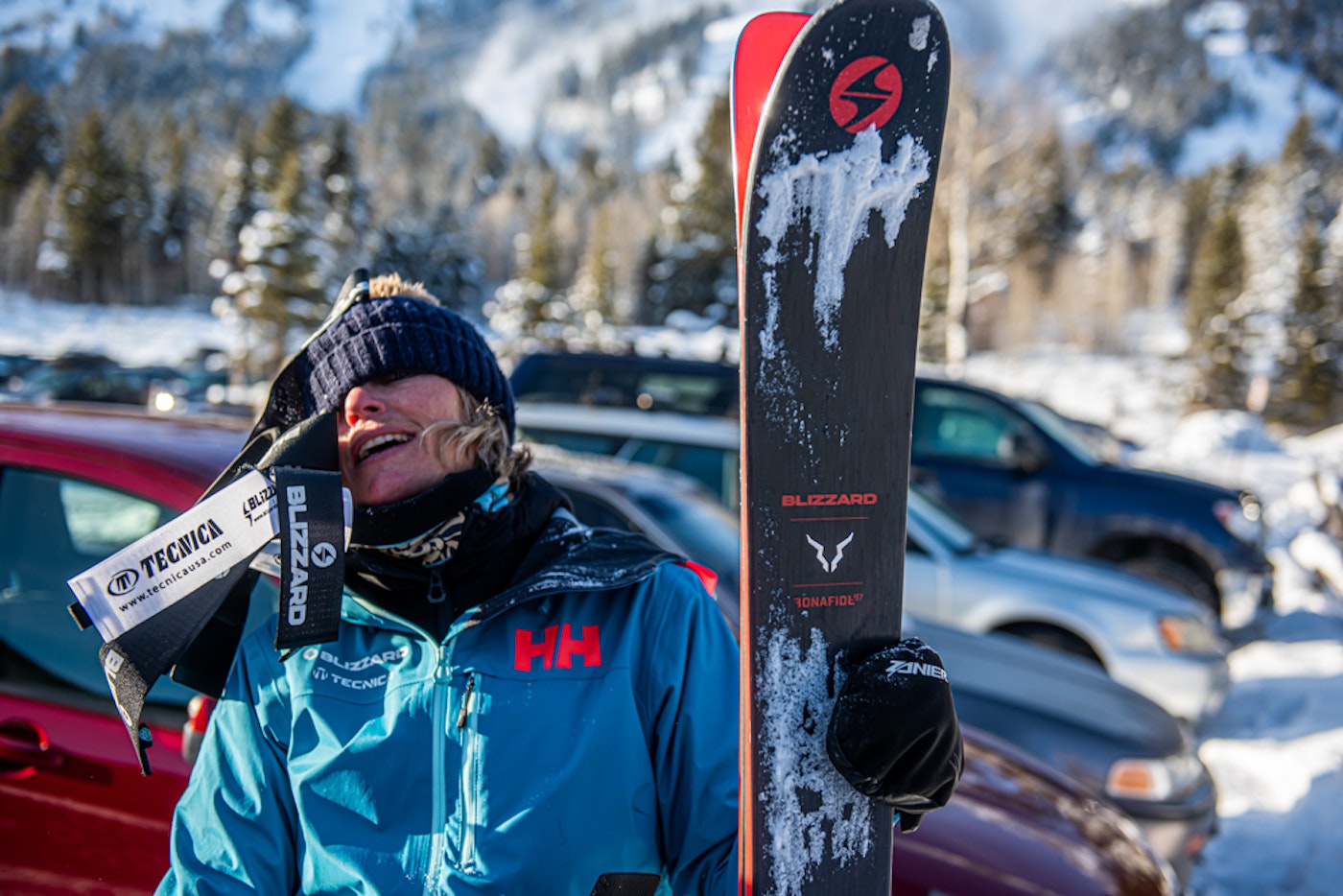
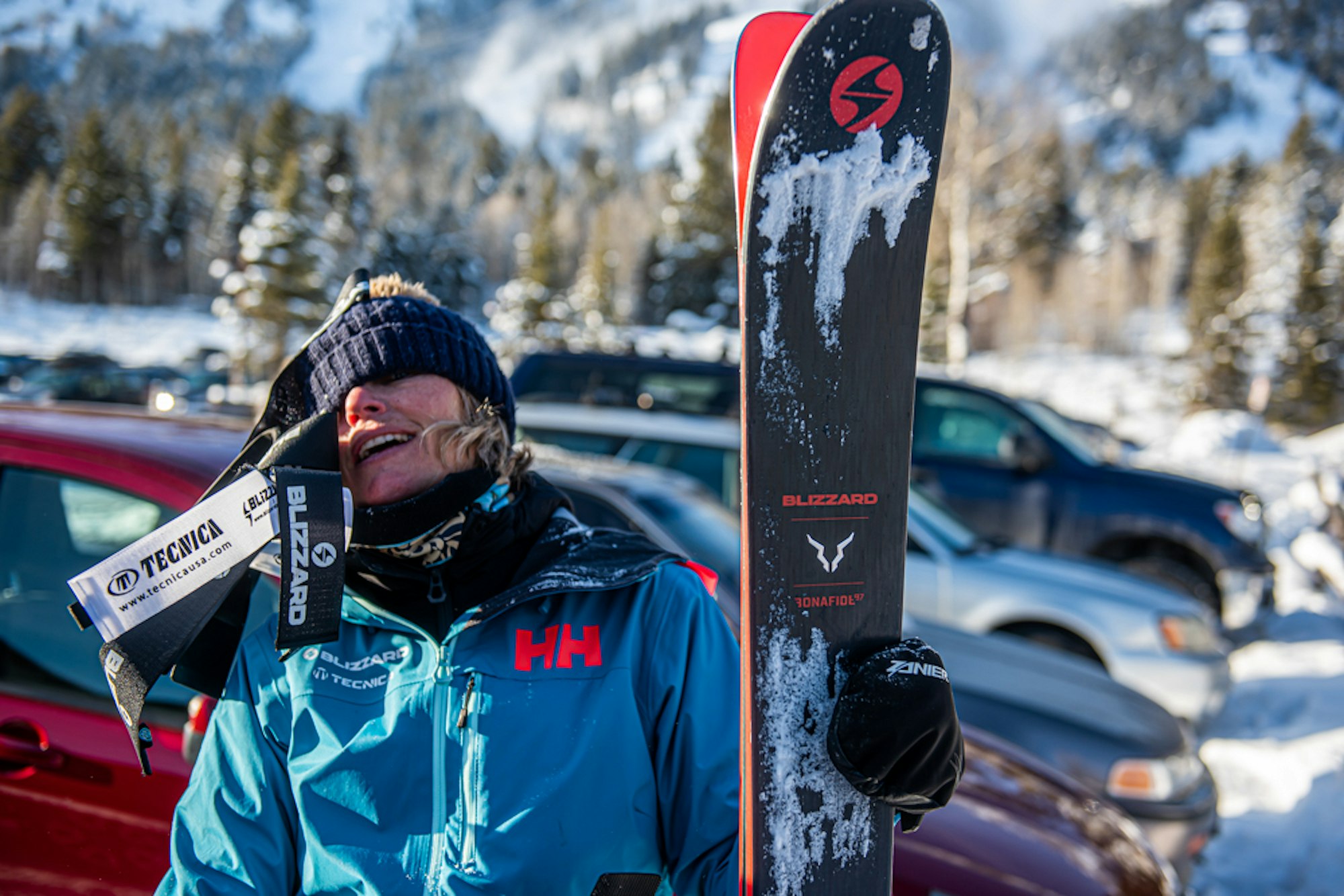
Blizzard’s Leslie Baker-Brown, the new Bonafide 97 in-hand. Photo: Donny O’Neill
It must take supreme confidence that you’ve come up with a construction technique that can improve upon that market-tested excellence in order to drastically switch things up, but that’s just what Blizzard has done moving into fall 2020.
Balance was the key motivator when designing the new lineup of all-mountain skis from Blizzard. By developing a truly balanced flex pattern within the ski, Blizzard can take conditions-specific performance out of the equation, resulting in skis that won’t have an identity crisis when snow quality evolves over the course of a day. To achieve that ideal balance, Blizzard looked at the different ways in which the ski bends underfoot when taken into variable snow and differing terrain. After vigorous testing for over a calendar year, which allowed for real-world analysis from every snow condition imaginable, it came up with a brand-new core design, called TrueBlend Flipcore. The new core is an intricately assembled and unique puzzle of beech and poplar, which produces varying levels of strength throughout the ski. More beech is utilized underfoot, for stiffness and strength, and more poplar is implemented into the tip and tail to soften up the feel and improve the ease with which the ski can initiate and exit turns. Poplar isn’t exclusively used in the tip and tail, and beech isn’t exclusively used underfoot, but, rather, there’s a very gradual increase and decrease of the woods, depending on the focus of the particular part of the ski. By utilizing this pattern of more poplar in the tip that gradually melds into more beech in the middle, Blizzard achieves what it deems a perfect balance in the ski. Blizzard also implemented a new sidecut and rocker profile, which is different for every length of ski, to create an ever more cohesive overall feel.
“Each of the skis in this collection has been thoughtfully designed for a specific skier, taking into consideration the terrain they ski, how they ski, where and when, etc.,” explains Jed Duke, director of product marketing for Blizzard. “But one commonality they all share is the reality that on most days, regardless of where they ski, conditions will vary throughout the day. They may start out ideal, but by mid-morning it’s chopped up and only gets more variable as the day goes on. Or maybe it hasn’t snowed in weeks. Whatever the situation, we wanted to design skis that remove conditions from the equation. We just want skiers to get out there, stay out there, and ski with confidence.”
The folks at Blizzard invited a group of outdoor media members to Jackson Hole back in December to unveil this new construction technique and set us loose on the steeps of Wyoming to see how the new build actually skied. Jackson was in the midst of a minor dry spell, meaning it was “chewed-up,” for lack of a better term. While that might not excite the general population, those conditions spread over Jackson’s varied terrain made for some ideal testing. Chalky Tower 3 laps, mini-van-sized moguls, patches of gladed leftovers and warp-speed groomers were all on the menu, and it allowed the new skis to be analyzed in exactly the conditions they were meant for.
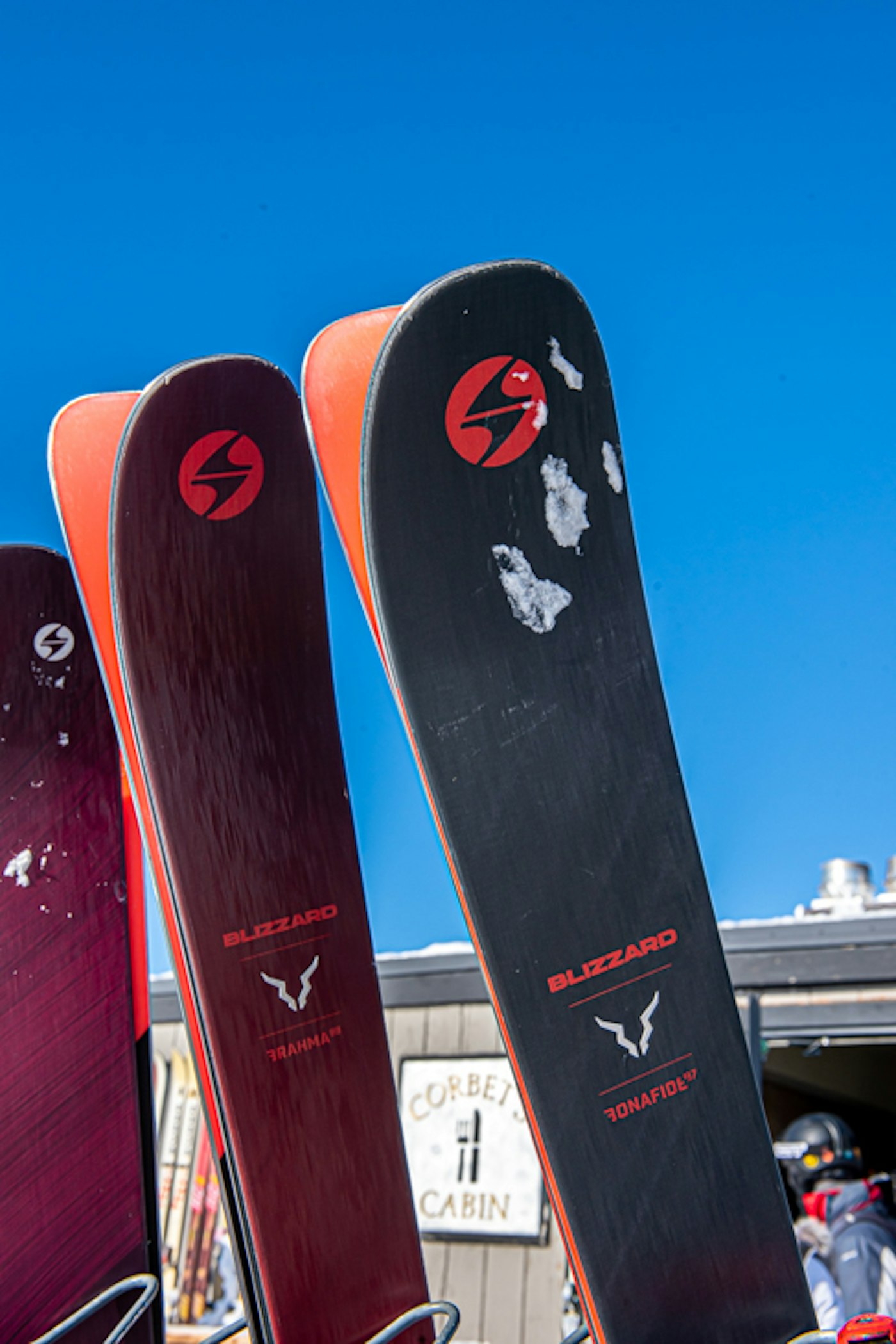
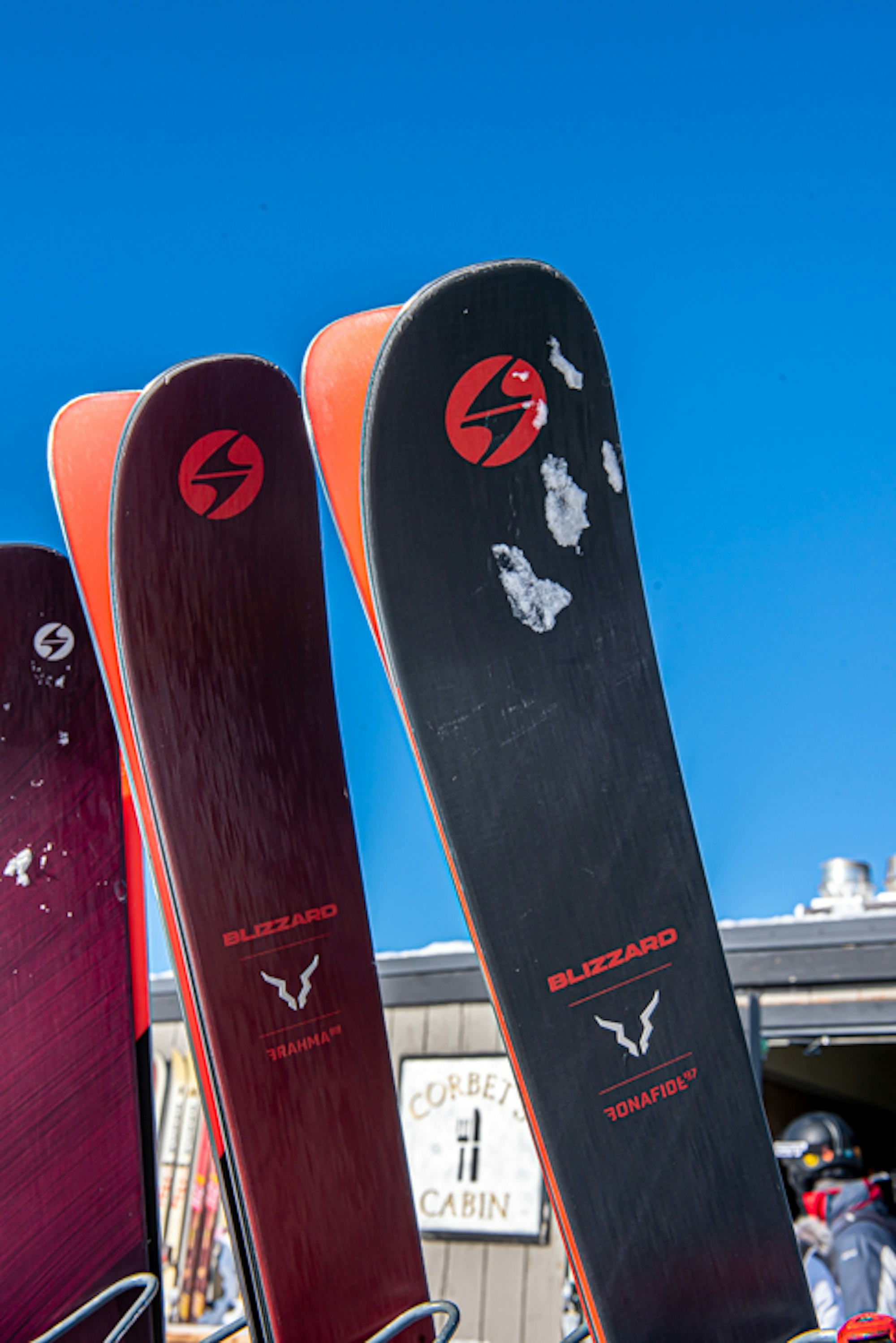
The Brahma, Bonafide and Corbet’s Cabin waffles—a ménage à trois made in heaven.
What was completely evident over the course of two testing days was the intuitiveness of the Bonafide and Brahma—I didn’t get on the Black Pearl, unfortunately.
I started off on the Bonafide 97 in the 183-centimeter length, which is right around the size of ski I’d normally shred around on. Fresh corduroy was on tap early on, and, somewhat expectedly, knowing how these skis held up on the hardpack in previous iterations, the Bonafides absolutely picked apart the groomers. The turn initiation was seamless at speed and, without missing a beat, you could lay down a hip from side to side almost melodically. Groomers are only part of the equation, of course, and the vast majority of our testing took place elsewhere.
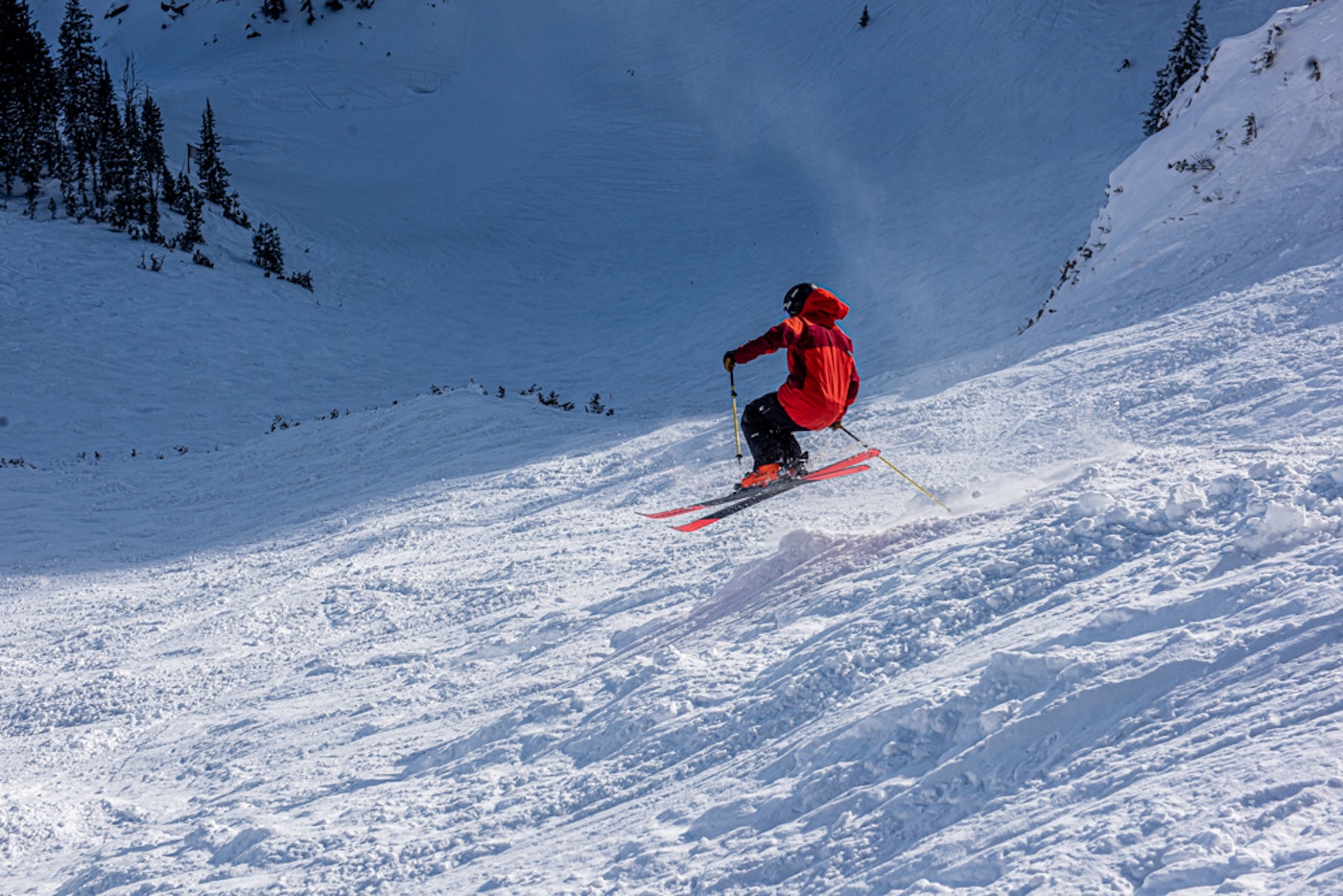
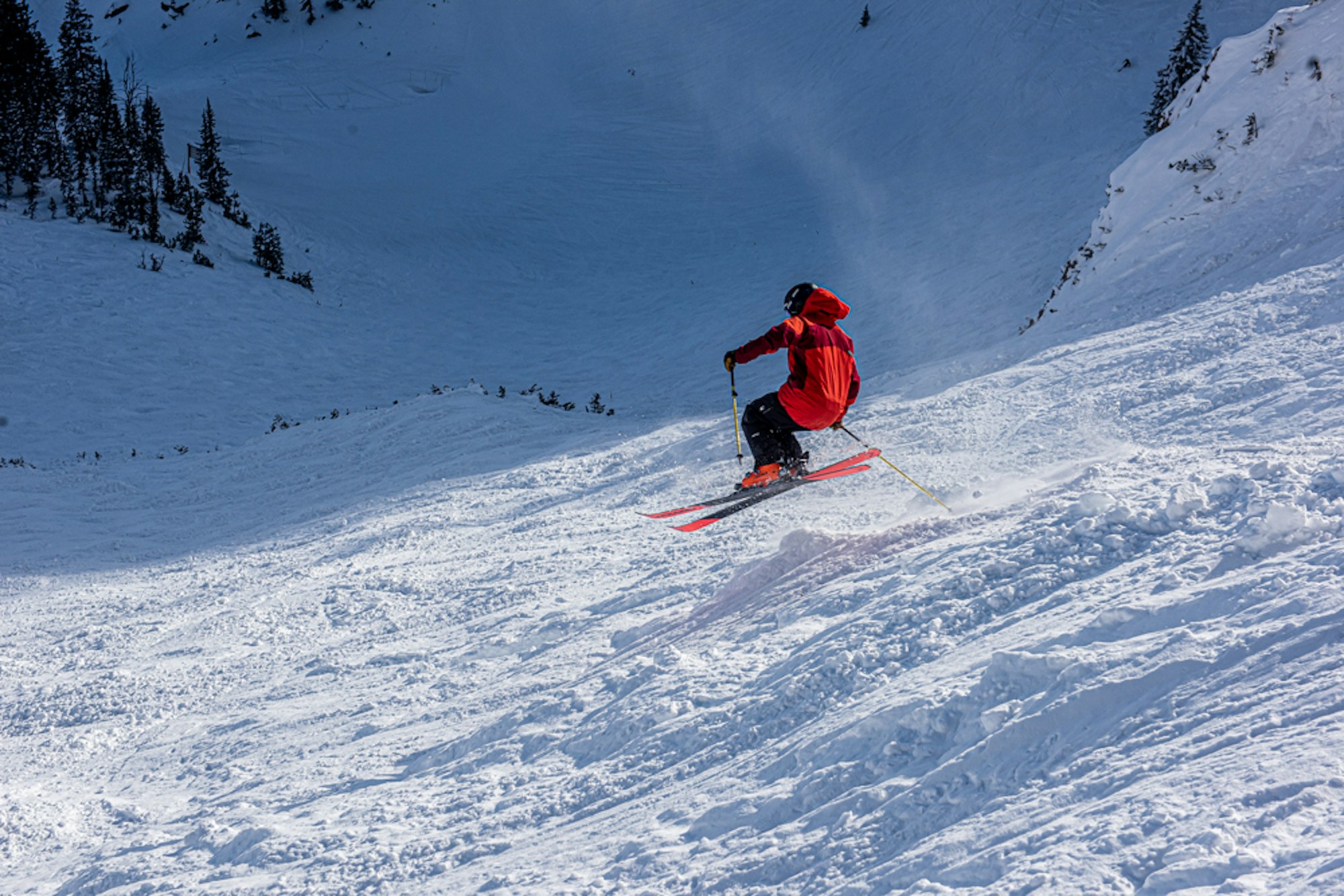
Blizzard athlete Connery Lundin in Jackson Hole. Photo: Donny O’Neill
When descending steep runs littered with moguls, chalky in-betweens, mellow cliff drops, natural hits and hazards of the unmarked distinction, I covet skis that, above anything else, are quick-twitch in and out of turns, allowing me to make last-second decisions and not get hung up on a previous maneuver when trying to initiate the next one. The attention to balancing the flex of the Bonafide didn’t go unnoticed by me, as having the softer wood in front and behind, with a stiff base underneath me and a melding of both in between, gave me full confidence to quickly engage and disengage the edge and remain in the driver’s seat, at all times.
When I switched over to the 177-centimeter-length, I was pleasantly surprised that the ski wasn’t just a shorter twin of what I’d been skiing in the 183, but rather constructed with a TrueBlend build geared exactly to the 177 length. The flex pattern and sidecut completely matched the length, and I found myself skiing simply a snappier, quicker Bonafide—which was an absolute delight in the mogul fields.
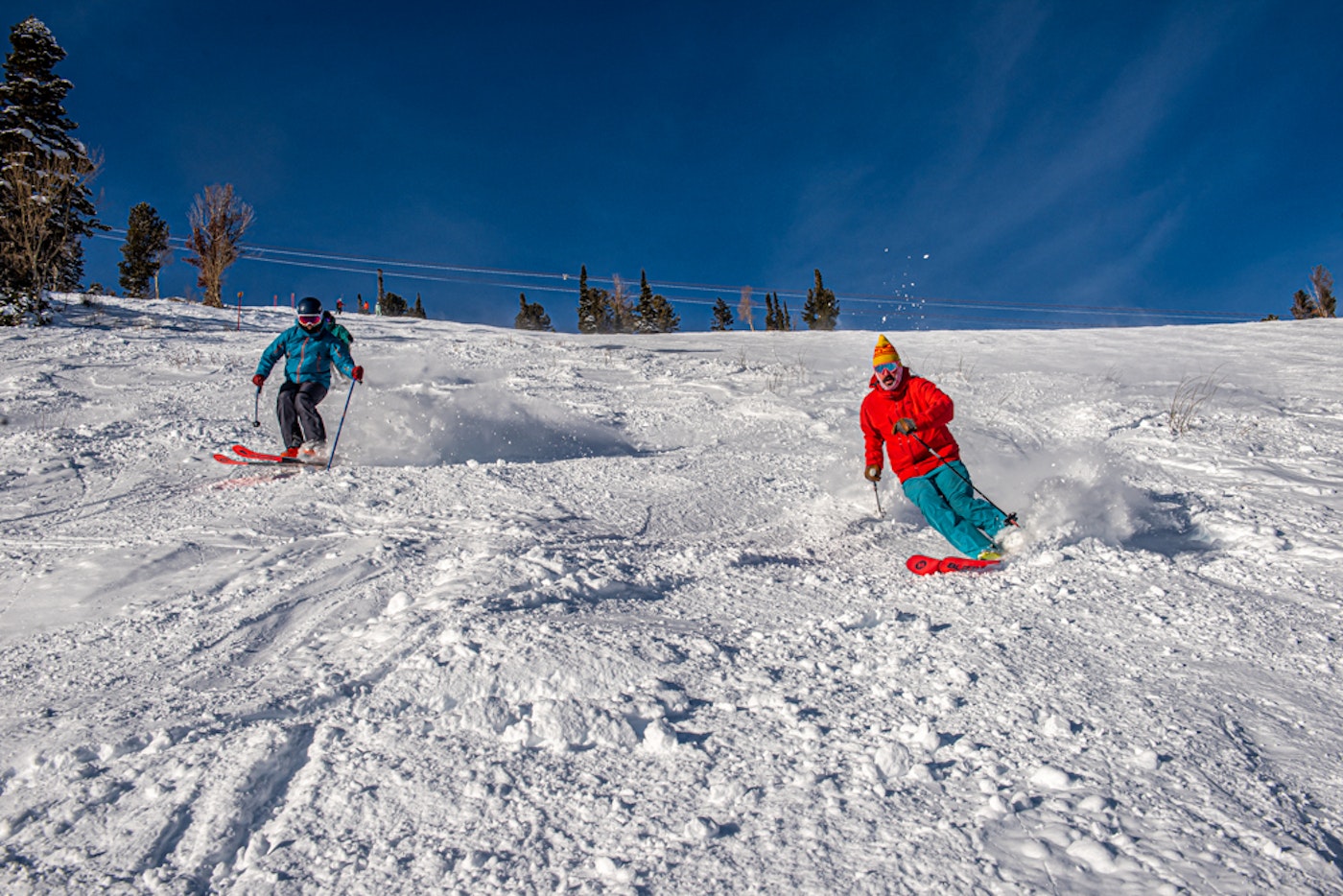
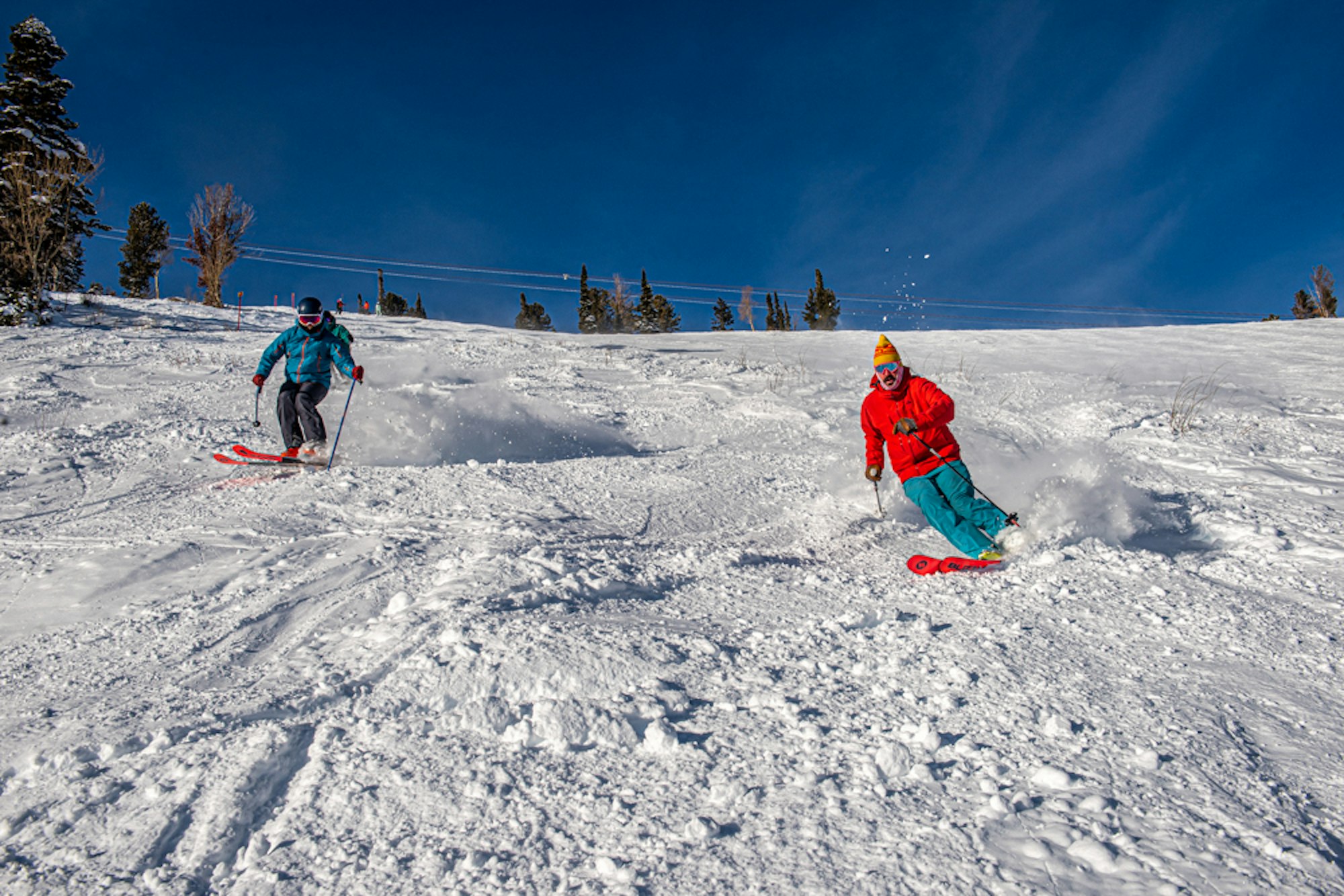
Chewed up lower mountain snow, no match for the Bonafides, nor Jon Jay and Paddy O’Connell. Photo: Donny O’Neill
It’s no small pivot for a large ski company to radically change the construction of a line of skis that’s been proven to work on the snow and sell in shops. However, Blizzard knew that TrueBlend would be an absolute improvement on an already masterful product that could eventually translate to more models; it was an opportunity it couldn’t pass up. If life were judged on first impressions, I’d say Blizzard has favorable odds to continue dominating the all-mountain market when the skis go on sale in fall 2020. Now, I think I’d like a second impression, please.
Specs:
Blizzard Black Pearl 88
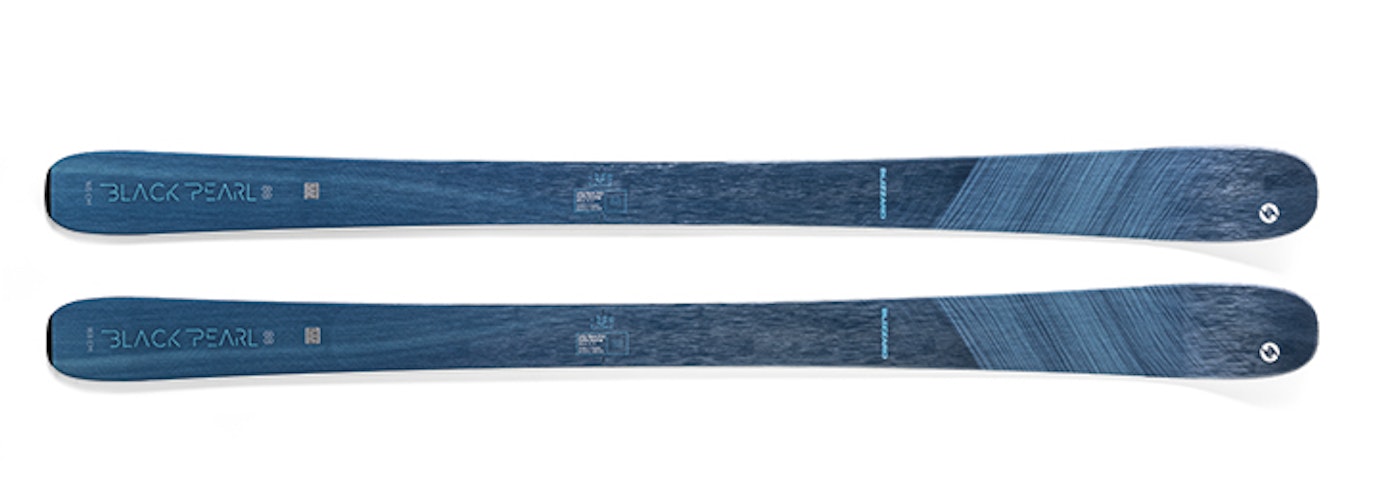
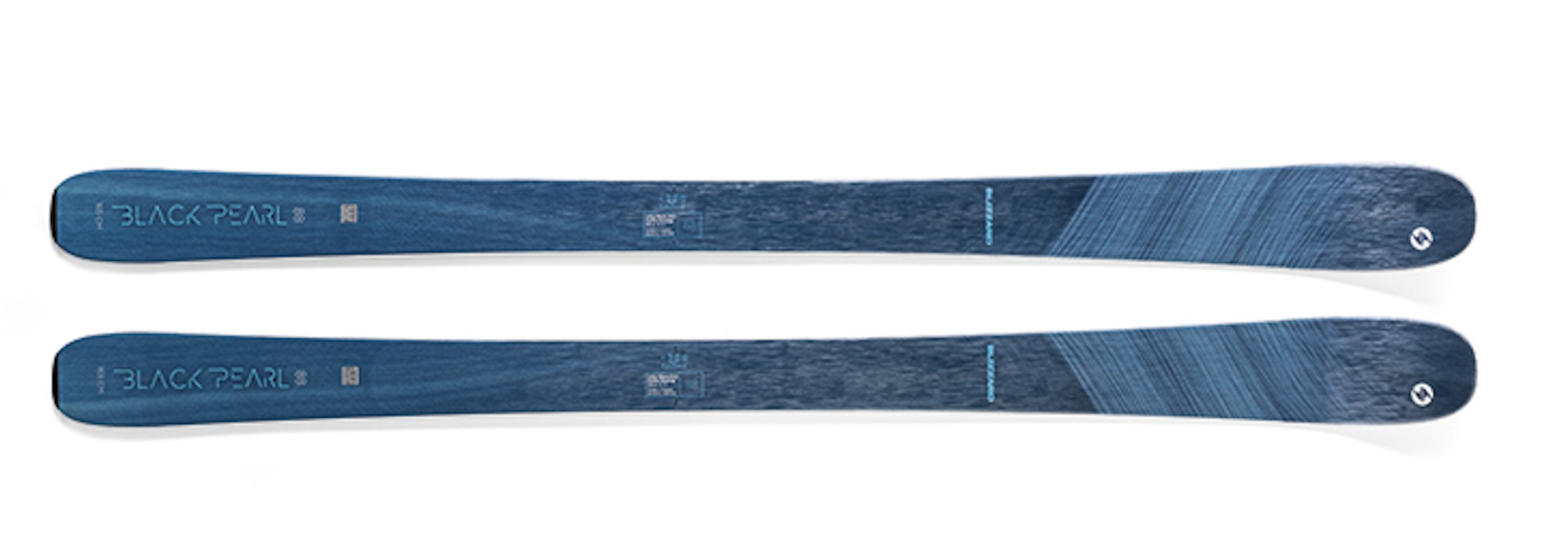
Lengths: 147, 153, 159, 165, 171, 177
Dimensions: 128-88-110
Radius: 14 @ 165
MSRP: $780
Blizzard Black Pearl 97
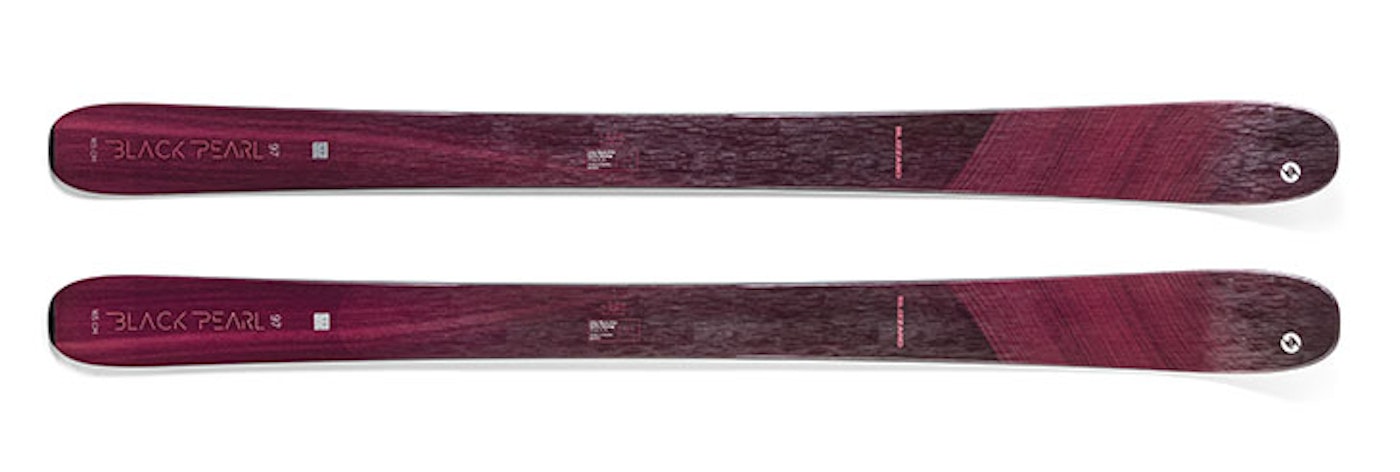
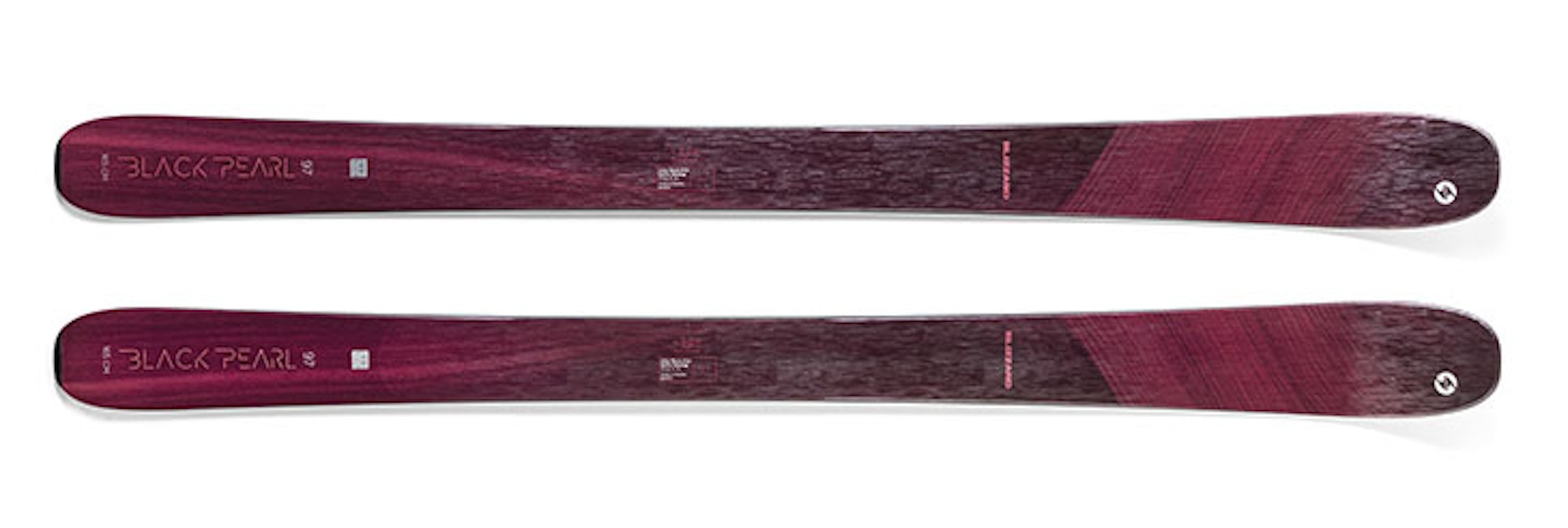
Lengths: 153, 159, 165, 171, 177
Dimensions: 136.5-97-118.5 @ 165
Radius: 15 @ 165
MSRP: $840
Blizzard Bonafide 97
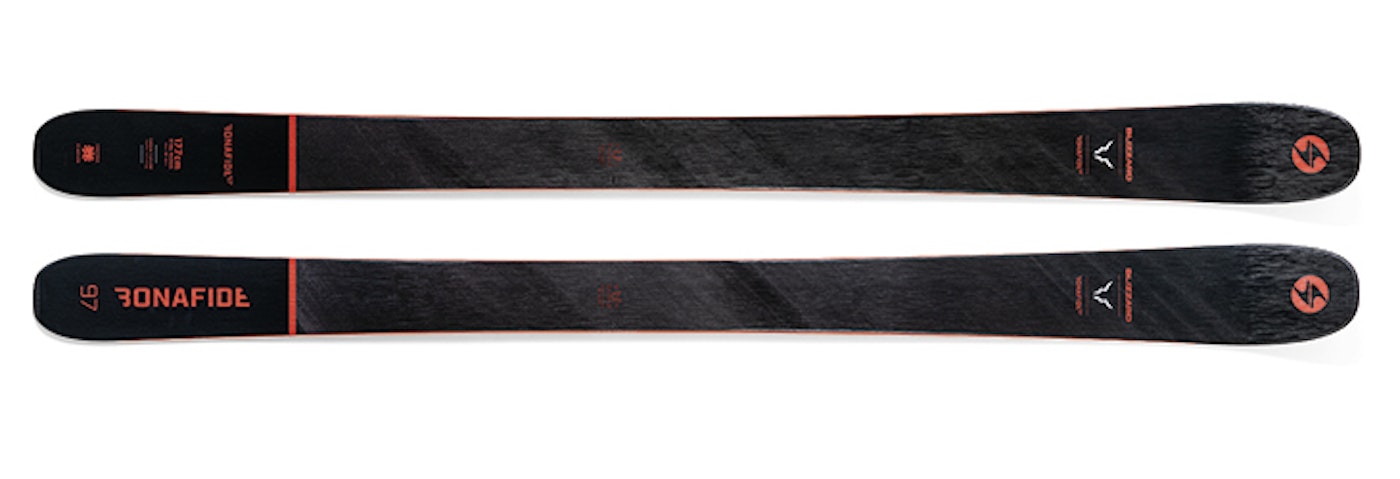
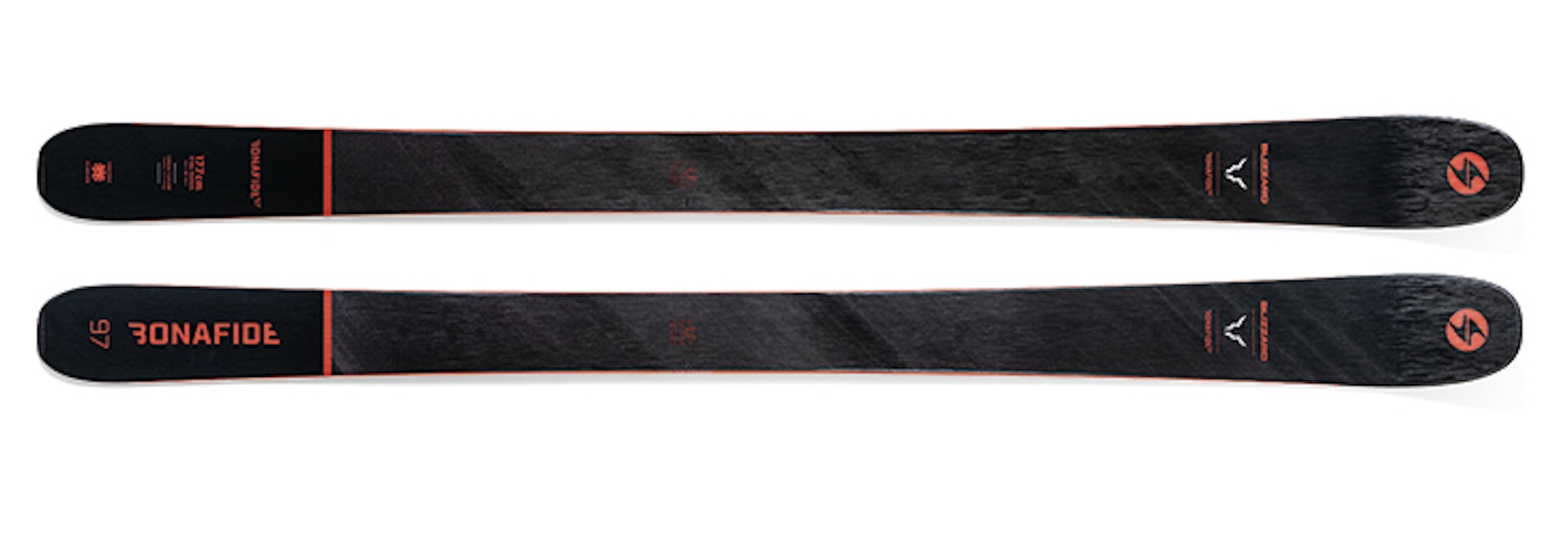
Lengths: 165, 171, 177, 183, 189
Dimensions: 136.5-97-118.5
Radius: 18.5 @ 183
MSRP: $900
Blizzard Brahma 88


Lengths: 165, 171, 177, 183, 189
Dimensions: 128-88-110 @ 177
Radius: 17.5 m @ 183
MSRP:$840

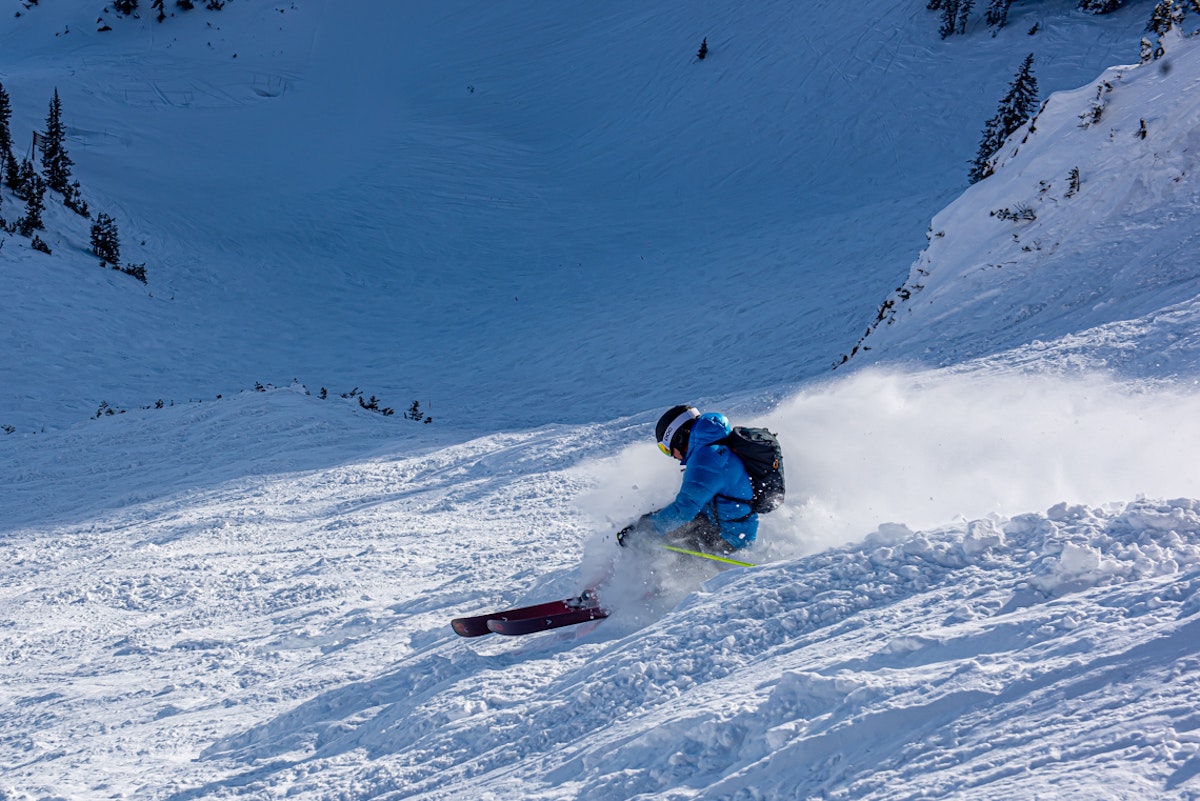

![[GIVEAWAY] Win a Head-to-Toe Ski Setup from IFSA](https://www.datocms-assets.com/163516/1765920344-ifsa.jpg?w=200&h=200&fit=crop)


![[GIVEAWAY] Win a Legendary Ski Trip with Icelantic's Road to the Rocks](https://www.datocms-assets.com/163516/1765233064-r2r26_freeskier_leaderboard1.jpg?auto=format&w=400&h=300&fit=crop&crop=faces,entropy)




![[GIVEAWAY] Win a Head-to-Toe Ski Setup from IFSA](https://www.datocms-assets.com/163516/1765920344-ifsa.jpg?auto=format&w=400&h=300&fit=crop&crop=faces,entropy)


